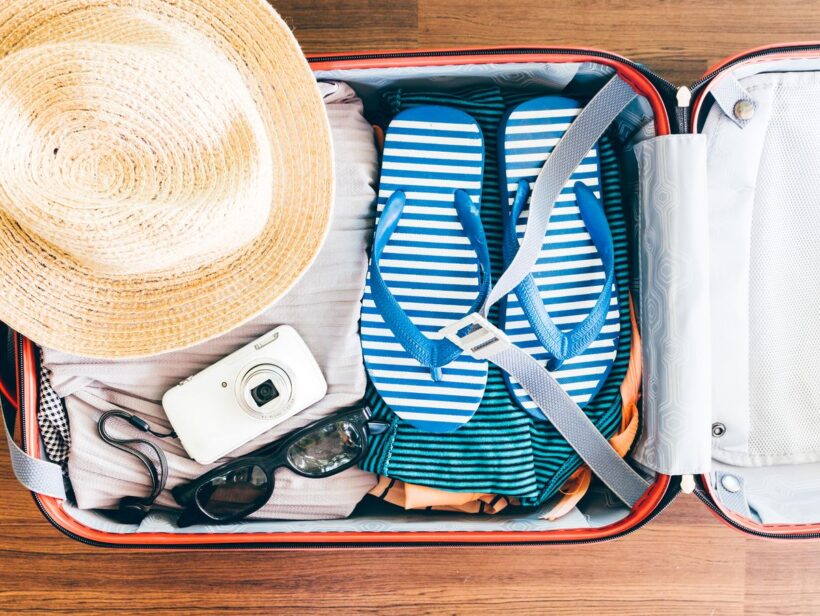
In a country that is based on the principle of law, legal advice to solve your problems is important for the people. In a society that lives under the rule of law, they must understand the concept of legal advice. We will try to shed some light on legal advice for society.
Legal Advice to Solve Your Problems

Simply put, legal advice is an official opinion on a legal procedure, which can be obtained from someone who is an authority in the field. Typically, legal advice can be important if you may be involved in a legal matter, especially in a court context.
In solving personal problems, legal advice can also be useful, as it can help you find a way out of a legal problem that you have with another party. This time, we will try to explore legal advice for personal problem-solving.
1. Recognize What’s at Issue First
In solving something that is a concern, it must start with identifying what the real problem is. You may be surprised to learn how difficult it is to do this.
To solve a problem that occurs between you and another individual or group, it is necessary to first find out what is at the root of the problem. Look at all the possibilities and the root cause first. That way, you can find a solution to solve the problem you have.
Introspection is one of the best tools to identify a problem. After that, legal advice will be something that can help in finding the bright spots of the problems you have, so that you can find answers to everything that is the initial problem.
2. Mediation
When two parties have personal issues in conflict. Many ways can be done to find a solution to the problem between the two people. One of them is by doing mediation. Mediation is conducted to help two conflicting parties to be able to discuss and jointly find a middle ground to overcome the personal problems they have.
On a legal basis, conducting mediation cannot be done carelessly, because during this mediation process, there must be a party who accompanies, so that there will be no commotion. The mediator or the person who facilitates the mediation itself is usually a person appointed by the court to provide legal advice to solve your problems that can assist in resolving the problem you have.
3. Find Reference Points that You Can Use to Develop a New Perspective on Your Problem
Then the third thing you can explore to help solve the personal problems you have with legal advice is to find reference points that you can later use to help develop new perspectives that can be useful to overcome the problems you have.
This can be done if you have found the root cause of your problem. Once you have identified the problem, finding a new perspective is easier so that a solution to your problem can be found and the problem solved.
4. How Does the Reference Point Compare to Your Problem?
After finding a new reference point, the next thing you need to do is compare it to the problem you have. Doing this comparison will help in finding gaps to see whether the solution provided is suitable or still not suitable to overcome the problems you have.
Benefits of Seeking Legal Advice
That is the legal advice that you can explore to help in solving the personal problems you have. Why is it so important for you to seek legal advice? Many people do not understand this, and they tend to underestimate legal advice. However, several benefits can be gained from seeking legal advice.
1. Getting Legal Help
When you have a legal issue to resolve, one of the benefits of legal advice is that it can assist you. With the help of legal advice, can help you to solve various problems that you are facing. So, one of the benefits you can get is being able to get legal assistance.
2. Finding the Best Solution to Solve the Problem
Legal advice can also provide benefits to you and the disputing party to find the best and best solution, which can benefit both parties to the dispute. It is this problem-solving ability that ultimately makes legal advice something to look into if you have a personal problem with someone.
3. Speeding Up the Trial Process
One of the benefits of legal advice that we can find is also about the trial process that can be done more quickly. Legal advice is often used to solve various problems, whether it is a problem that occurs personally or in groups. Legal advice can speed up the trial process if both parties to the dispute find the best solution through the legal advice itself.
4. Ensure All Decisions are by the Law
Another benefit of seeking help through legal advice is that, with this legal advice, you and also parties related to the dispute, can ensure that all decisions that have been running, are by existing legal provisions. So, if there are parties who object to the outcome of the trial, they can appeal.
In the life of a society, that also lives in a country based on law, legal advice is an existence that can help in solving various kinds of problems. Whether it is an individual problem or a group problem. Those are some things about exploring legal advice to solve your problems that we can provide to you.
Read More



